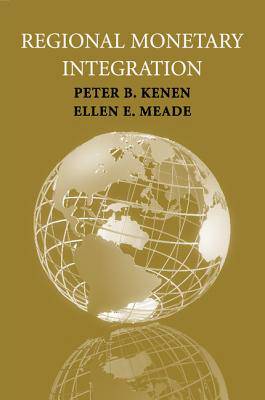
Je cadeautjes zeker op tijd in huis hebben voor de feestdagen? Kom langs in onze winkels en vind het perfecte geschenk!
- Afhalen na 1 uur in een winkel met voorraad
- Gratis thuislevering in België vanaf € 30
- Ruim aanbod met 7 miljoen producten
Je cadeautjes zeker op tijd in huis hebben voor de feestdagen? Kom langs in onze winkels en vind het perfecte geschenk!
- Afhalen na 1 uur in een winkel met voorraad
- Gratis thuislevering in België vanaf € 30
- Ruim aanbod met 7 miljoen producten
Zoeken
€ 37,95
+ 75 punten
Omschrijving
This book surveys the prospects for regional monetary integration in various parts of the world. Beginning with a brief review of the theory of optimal currency areas, it goes on to examine the structure and functioning of the European Monetary Union, then turns to the prospects for monetary integration elsewhere in the world - North America, South America, and East Asia. Such cooperation may take the form of full-fledged monetary unions or looser forms of monetary cooperation. The book emphasizes the economic and institutional requirements for successful monetary integration, including the need for a single central bank in the case of a full-fledged monetary union and the corresponding need for multinational institutions to safeguard the bank's independence and assure its accountability. The book concludes with a chapter on the implications of monetary integration for the United States and the U.S. dollar.
Specificaties
Betrokkenen
- Auteur(s):
- Uitgeverij:
Inhoud
- Aantal bladzijden:
- 248
- Taal:
- Engels
- Reeks:
Eigenschappen
- Productcode (EAN):
- 9780521711500
- Verschijningsdatum:
- 26/11/2007
- Uitvoering:
- Paperback
- Formaat:
- Trade paperback (VS)
- Afmetingen:
- 152 mm x 226 mm
- Gewicht:
- 340 g

Alleen bij Standaard Boekhandel
+ 75 punten op je klantenkaart van Standaard Boekhandel
Beoordelingen
We publiceren alleen reviews die voldoen aan de voorwaarden voor reviews. Bekijk onze voorwaarden voor reviews.









